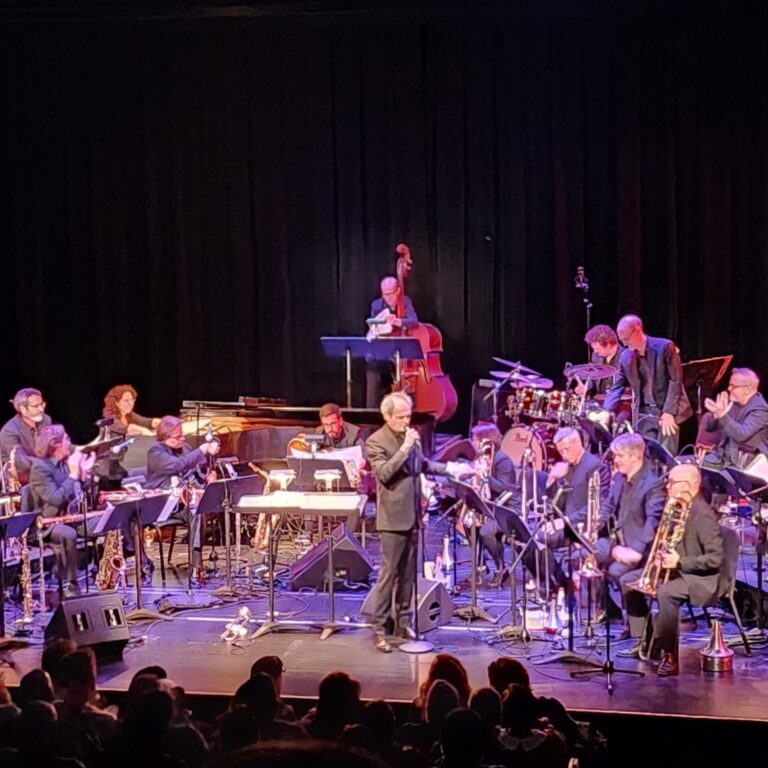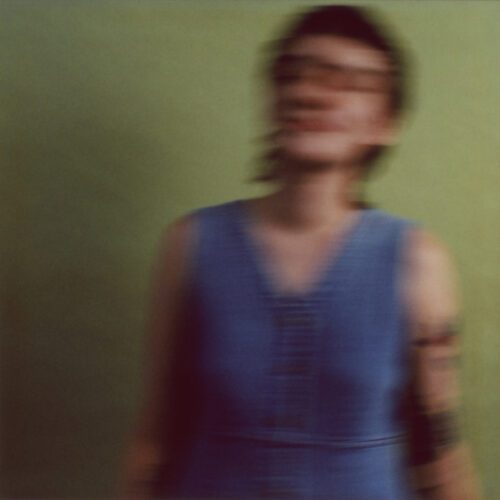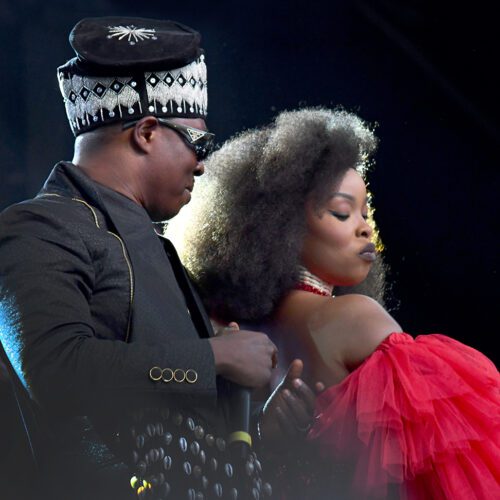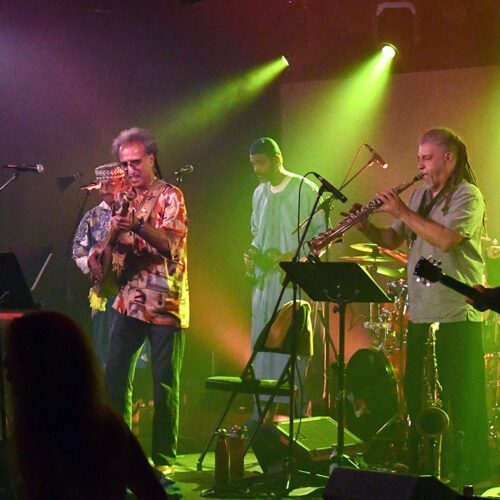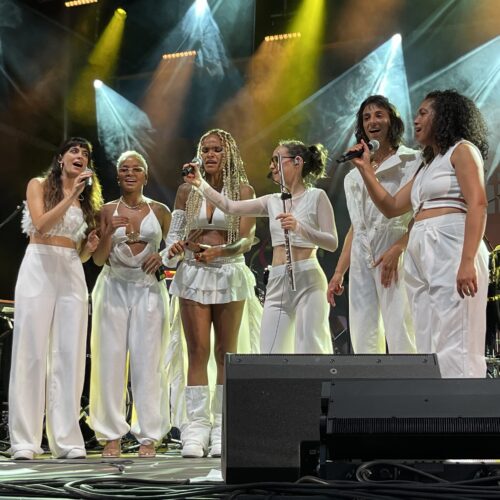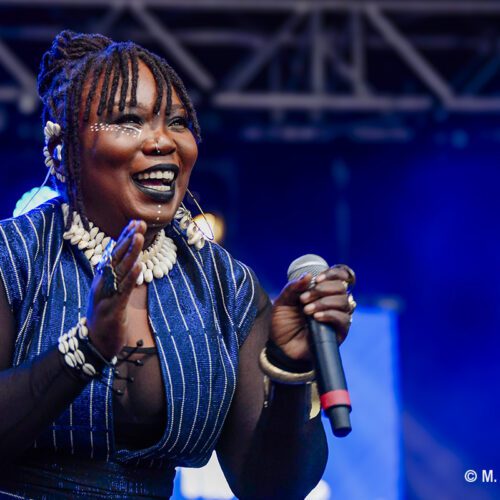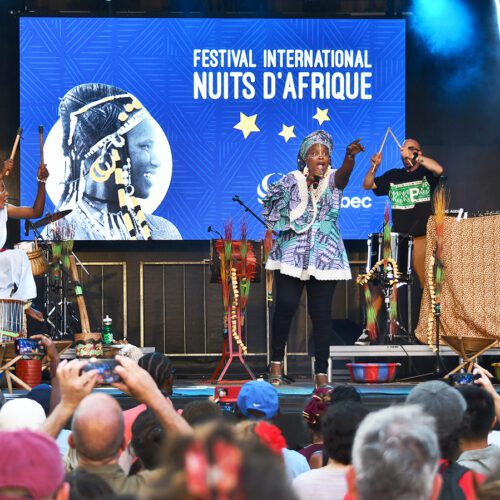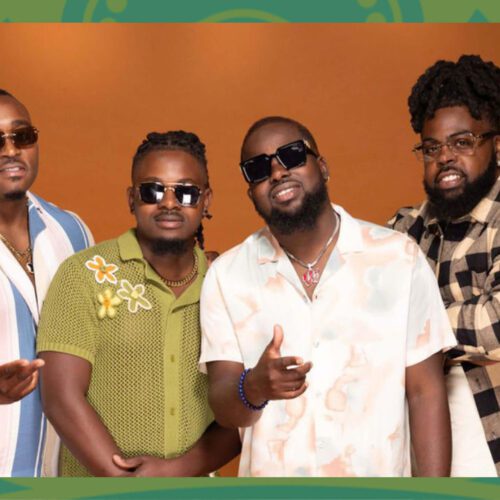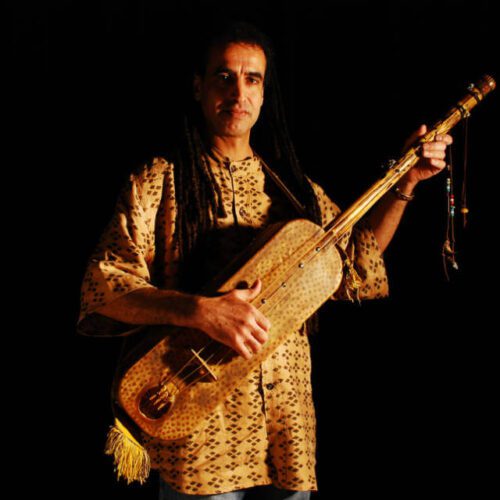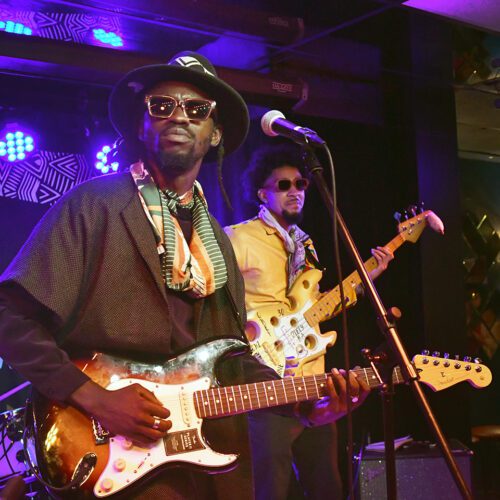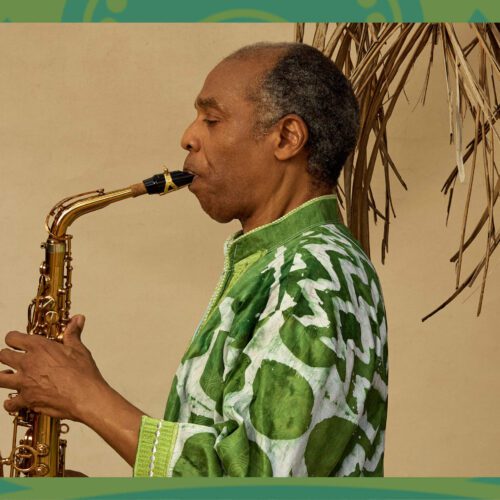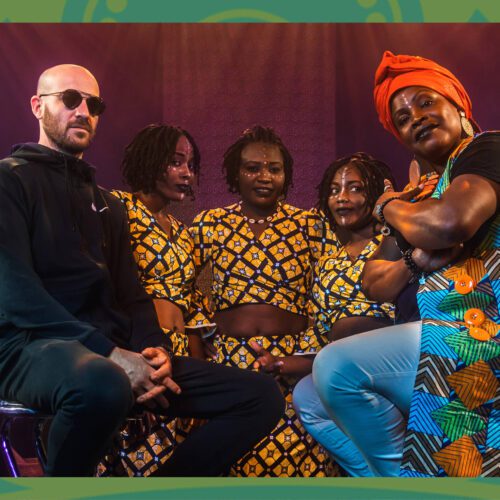It’s no surprise the Orchestre National de Jazz de Montréal delivered a great performance last evening, but one could be left wondering whether it was fitting tribute to a luminary like Wayne Shorter after all. Similar to our impressions of Ron Carter’s performance with the Orchestre jazz des diplômés-es de l’Université de Montréal, under Ron Di Lauro’s direction once again, the ensemble may have missed the mark in honouring Mr. Shorter’s unique contribution to the jazz lexicon.
The evening at the Cinquième Salle at Place Des Arts began rather unceremoniously, with two fine but mostly forgettable arrangements unrelated to the rest of the programme. “Hammerhead”, the first Shorter composition we were treated to, was an underwhelming first choice. It’s an early and somewhat orthodox ‘hard-bop’ number written by the composer-performer during his years with Art Blakey and the Jazz Messengers, arguably before he really began to hit his stride. It simply felt somewhat dispensable given the vastness of the Shorter songbook. “Endangered Species”, the next feature, was just as much a curious selection and not one I imagine many were even familiar with. There was palpable excitement when the next tune called was “Armageddon”, a classic from Shorter’s golden years on Blue Note.
To be sure none of this is to point to any criticism as far as the musicians were concerned. Certainly each member of this very fine ensemble did their due diligence, with the saxophonist section of Jean-Pierre Zanella, Samuel Blais, André Leroux, Frank Lozano, Alexandre Côté, going above and beyond in their tribute to the master. If only they were featured on more memorable arrangements. “Yes or No” stood out as one of the tunes that came closest to channelling the vital and daring spirit of Shorter’s music.
Unfortunately the encore choice of “Speak no Evil”, done in a sort of latin style, didn’t quite cut it. By all means it was still a very enjoyable evening, but when an ensemble seeks to pay homage to icons like Wayne Shorter, it is essential for such endeavours to carefully curate a repertoire that truly honours the artist’s legacy. The absence of certain iconic compositions and the conservative approach to arrangements left me, perhaps many in the audience, yearning for a more authentic reflection of Shorter’s musical imagination.
